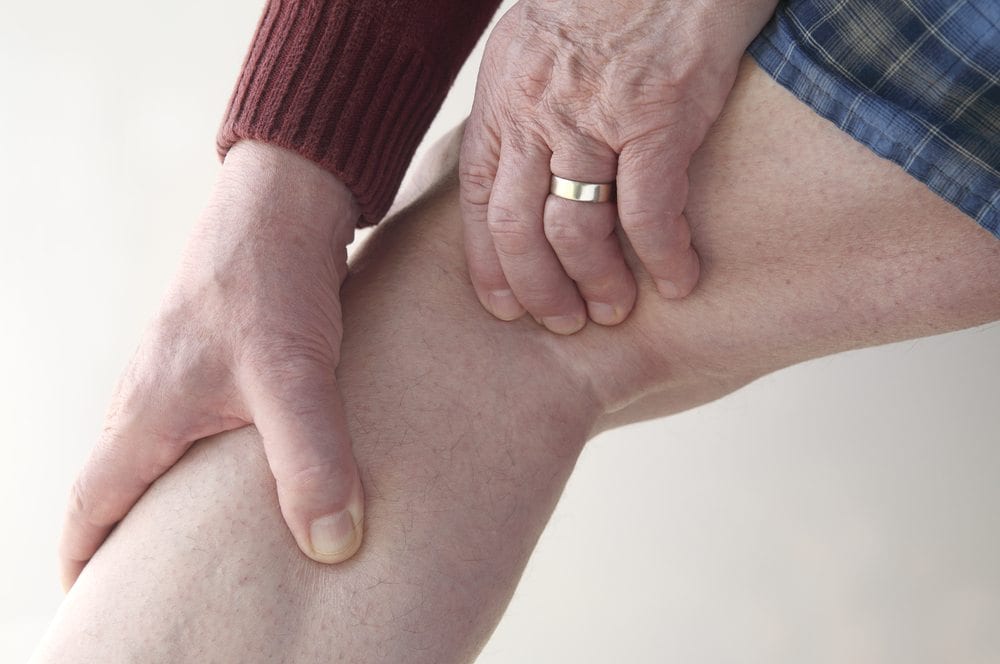Having varicose veins is not just a matter of vanity. Although many clients seek treatment for cosmetic reasons, the appearance of varicose veins is a genuine health concern as well. It’s important to target the source of your varicose veins in order to prevent further damage, but many people wait to receive treatment once they’ve already begun to feel the physical symptoms of their vein condition. This can have troubling repercussions.
When you begin to feel pain and discomfort, it’s important to have an understanding of what those sensations mean – they could be a major warning sign that you need to seek treatment. If you have varicose veins, there are a few symptoms to watch out for, and if you experience one or more, a consultation with Canada Vein Clinics will quickly help to diagnose your condition.
- Inflammation of the leg
Varicose veins are a result of blood being unable to flow back up toward the heart, pooling instead in the vein valve. When blood is stagnant, it can begin to clot, which can cause a condition known as thrombophlebitis – thrombus meaning blood clot and phlebitis meaning inflammation. A major warning sign of a blood clot is the inflammation that occurs and affects the entire leg. Although the condition can be quite painful, it’s rare that it will become life threatening if treated correctly.
- Leaking veins
As the blood continues to pool in the vein’s valve, it can slowly begin to rupture, causing blood and other fluid to leak onto outside tissues. These tissues will begin to break down and eventually cause a venous skin ulcer, which will look as though your skin has turned dark red or purple. In addition to hyperpigmentation, another warning sign of skin ulcers is painful, itchy legs or itchy sin. If they are left untreated, the ulcers may become infected.
- The onset of deep vein thrombosis
If thrombophlebitis is left untreated, there is the possibility that the clot will grow and transfer into a deeper vein. If a clot is located in a deep vein, it has the opportunity to move through the bloodstream and into the lungs, which can cause a life-threatening blockage known as a pulmonary embolism. Some warning signs that you have a blood clot in a deep vein include warmth, swelling and tenderness in the leg that you know isn’t a result of injury. If the clot has reached the lungs, you may experience shortness of breath, dry coughing, pain in your chest and lightheadedness. It is important to address the symptoms of deep vein thrombosis or pulmonary embolism immediately!
Oftentimes, these symptoms are a result of varicose veins that have been neglected for some time. However, it is still vital that you have your varicose veins examined at the first sign of discomfort. Many of the serious conditions associated with varicose veins can only be recognized with a full diagnosis, and it’s much easier to treat vein conditions when they haven’t yet progressed. Early action is key!
If you are beginning to experience some of the warning signs associated with varicose veins, contact Canada Vein Clinics for a consultation. We offer a variety of treatment options that target vein conditions in all stages, including Endovenous Laser Therapy (EVLT), Sclerotherapy, ClariVein treatment, Mini-Phlebecomy and VenaSeal.


